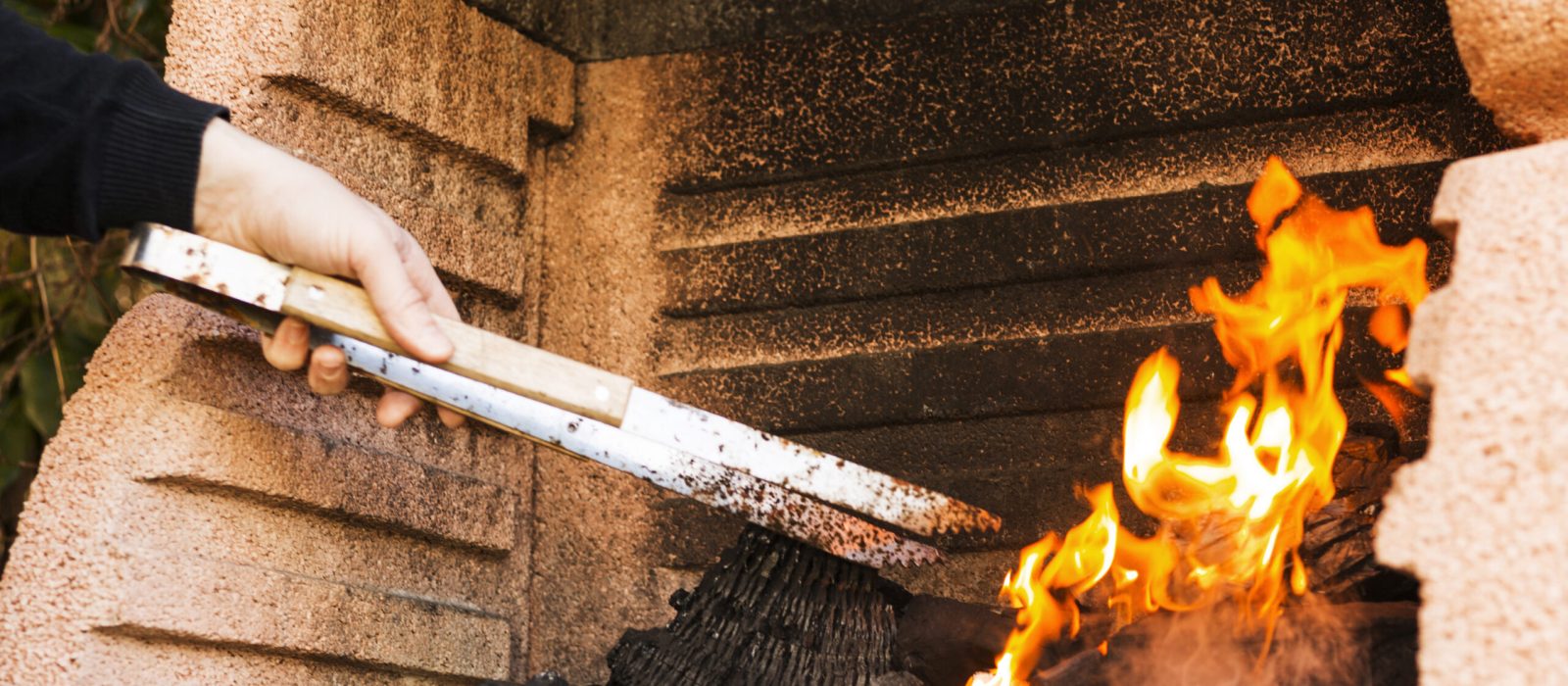Many of us use heating devices like electric fireplaces, traditional fireplaces, and space heaters indoors as the weather outside gets colder. Despite the fact that these appliances are useful and create a nice environment, it’s critical to be aware of any potential fire risks and take into account conducting fire safety tips in case of an emergency. Heating equipment is a major cause of home fires in Toronto and across the GTA Area, according to the National Fire Protection Association (NFPA).
By taking the right precautions, fatalities from home heating fires can be avoided. IBX Services fire damage restoration has prepared this blog to suggest you some of the most efficient fire safety tips that can contribute to your and your family’s safety.
What are some Fire Safety Tips for using Electric Heaters?
When it’s cold outside, electrically powered space heaters can provide your home with simple extra heat. Yet, if not handled correctly, they can present serious fire and electric shock risks. Lack of basic safety features and fire safety tips, placement near flammable materials, and poorly plugged-in space heaters can all result in fire and electrical dangers.
While using space heaters, safety must always come first. Here are some fire safety tips for keeping your house warm and secure during the winter:
- Check your space heater’s label to see if it displays the information that it has been listed by a reputable testing facility.
- Read the manufacturer’s directions and warning labels carefully before using any space heater.
- Before each usage, check heaters for loose connections, cracked or broken plugs, and other defects. Avoid using the heater if it is frayed, worn, or damaged.
- Space heaters should never be left alone. Don’t let kids or dogs play too close to a space heater, and turn it off before leaving a room or going to bed.
- Put smoke alarms in your home on every floor, and outside of every living space, and examine them once each month.
- Space heater placement must be done carefully. Everything that has the potential to ignite, such as papers, clothing, and rugs, must be kept a minimum of three feet away from heaters.
- Place space heaters away from doorways and busy places where they could present a tripping hazard.
- A wall outlet should be used to power space heaters. Avoid using power cables or power strips since they could overheat and catch fire. Never use the heater’s socket for any other electrical equipment.
- Set up space heaters on flat, level surfaces. Never put heaters on rugs, cupboards, tables, or other items of furniture since they could overheat and catch fire.
- While not in use, always disconnect the heater and keep it in a secure location.
What are some Fire Safety Tips for using Fireplaces?
Your home may feel cozier and more peaceful with a fireplace, but that warm, crackling glow also hides an ashpan of potential issues. If the fireplace is not regularly cleaned out, cinders, ash, volatile resins, and creosote can constitute a serious fire risk. Also, what should you do if you don’t want a fire to burn? How can a homeowner properly and safely maintain their fireplace while avoiding wasting their heating budget?
By choosing the proper kind of wood, you may first prevent issues with your fireplace or wood stove. Utilize wood that has been dried, seasoned, and burns hot enough to produce little to no creosote or carbon monoxide.
For wintertime home security and warmth, consider the following fire safety tips:
- Avoid using rotten, wet, moldy or diseased wood → Use newspaper, pine cones, or only dry kindling to light fires. Natural resins found in pine cones burn quickly and generate enough heat to ignite firewood. Moreover, dry wood burns more fully than wet wood.
- Avoid using chemicals → Chemicals and fire don’t go together. Never use kerosene, gasoline, or a starter for charcoal. Avoid burning pressure-treated, painted, or plywood. They have the potential to release a wide range of harmful compounds into your home.
- Check moisture → How much creosote forms in your chimney depends on the amount of moisture present. Use wood that has had a 12-month seasoning period and a moisture content of under 20%. The majority of home centers sell firewood moisture meters.
- Choose the right type of wood → Various kinds of wood burn in various ways. Hardwoods like oak and others typically burn hot and for a long time. Pine and other softwoods burn ferociously hot yet quickly. Softwoods can produce significant amounts of creosote if the moisture content in their resins is not adequately dried.
Where to refer for Professional Fire Damage Restoration Services in a Fire Emergency Situation?
Damage brought on by a fire is not just limited to what the flames and smoke do. A house fire can lead to a plethora of additional issues and weaknesses.
Your walls may sustain fractures and holes due to the heat from a house fire. It is important to properly address these gaps because they provide easy access to rain and other weather issues. Filling the cracks alone, though, isn’t always enough. They might be covering up much more serious issues that have deteriorated and endangered the building’s structural integrity.
In case you have suffered fire damage on your property then do not hesitate to call IBX Services for the most trustworthy and high-quality fire damage restoration services as long as fire safety tips. IBX Services fire damage contractors have overcome extensive training to handle such emergencies and transform your home into a healthy and comfortable environment.


